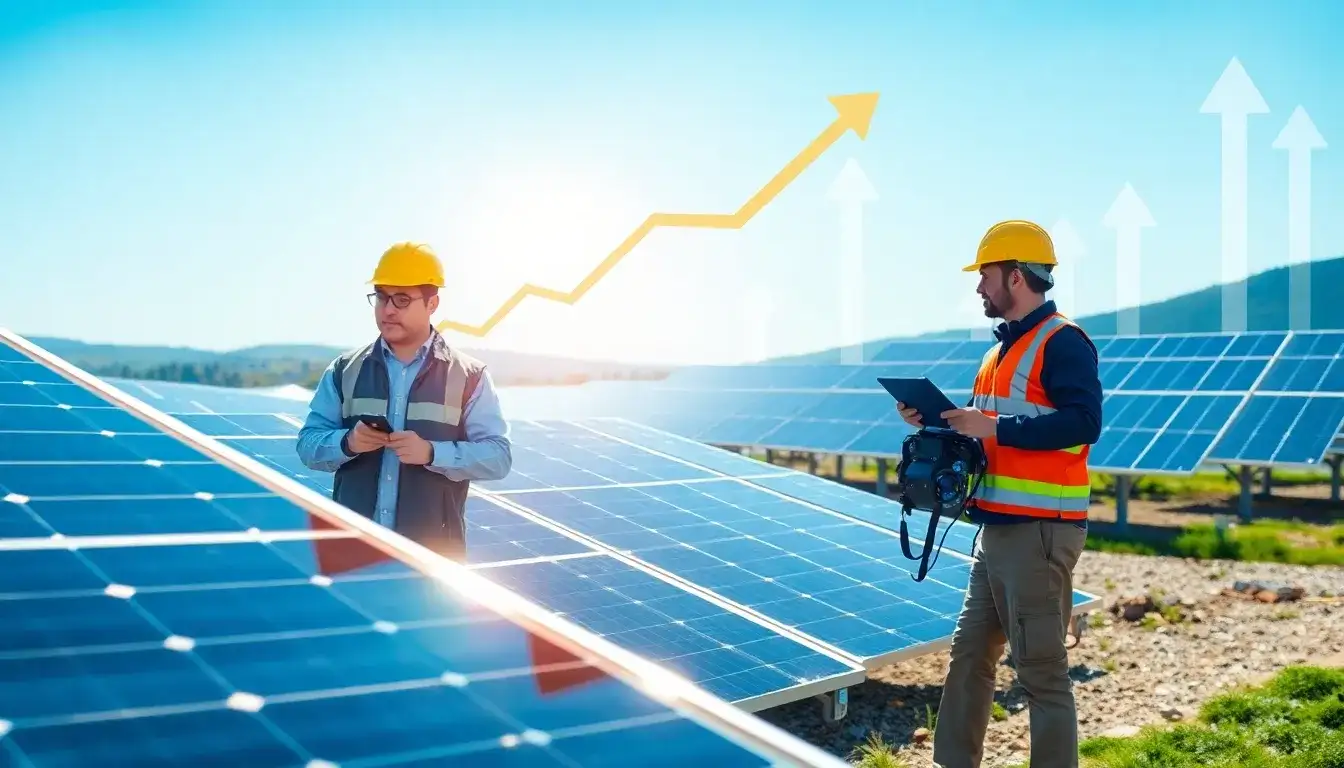
The photovoltaic (PV) industry chain is experiencing a price rebound, with institutions predicting a peak in the second quarter.
Recently, there has been a flurry of news regarding the solar industry. Since March, the price of silicon wafers has risen due to increased demand from distributed generation, while industry inventory levels remain low. In the battery segment, prices have increased for five consecutive weeks, driven by a higher proportion of G12R module production. Additionally, photovoltaic glass prices have been boosted by an uptick in module operating rates, resulting in a noticeable decline in inventory days in March.
According to data from Shanghai Metals Market (SMM), prices for distributed TOPCon modules—specifically the 182, 210, and 210R models—have reached recent highs, ranging from 0.757 to 0.767 yuan per watt.
Industry experts generally agree that the price increase in the photovoltaic supply chain is linked to a “rush to install.” At the end of January and early February, relevant authorities announced new regulations regarding solar power and renewable energy pricing. Projects that connect to the grid before April 30 can benefit from full-grid connection and enjoy favorable subsidy rates. Conversely, projects connected after April 30 will only have the option for self-use or partial grid feed-in, losing full-grid connection sales capabilities. Starting May 31, all newly commissioned distributed photovoltaic projects will have their entire output traded in the electricity market, with prices determined through bidding, and will no longer receive national subsidies. To capitalize on the existing policy benefits, many companies are hurrying to install systems ahead of these deadlines, which has led to a significant surge in demand for photovoltaic products.
A recent survey by TrendForce indicates that Chinese policy is stimulating overall demand for the photovoltaic industry, resulting in a tense supply situation for modules. A small peak in demand is expected in March and April, which could lead to a rise in prices across the supply chain in the second quarter, particularly as distributed photovoltaic projects reach installation peaks during this time.
Since March, as prices of photovoltaic products have rebounded, industry attention has increased. In the A-share market, over ten companies have engaged with institutional investors, many of which have issued positive signals during these interactions.
Among the top ten global photovoltaic module manufacturers, Hongdian Dongci has received inquiries from 125 institutions since March. During these discussions, the company noted an increase in demand and production rates, acknowledging that while raw material prices have risen, the increase in module prices has not fully translated, leading to expectations of adjustments in the second quarter.
Junda Co. has been approached by 35 institutions this month, with the company projecting continued growth in photovoltaic industry demand through 2025. Specifically, in the battery segment, the supply-demand situation has significantly improved compared to 2024 due to over a year of market-driven capacity clearance and technological upgrades. The overall situation is now in a tight balance, with high-efficiency batteries experiencing a temporary supply shortage, benefiting leading battery technology companies in achieving profit recovery and performance growth.
According to a review by Securities Times Data Treasure, 102 companies in the photovoltaic supply chain have seen an average stock price increase of 2.71% this year, slightly outperforming the broader market. Hevwang Electric has led the pack with a cumulative increase of 57.52%. The company’s main products include wind power, photovoltaic power, and industrial drive products. KWH Data, Delixi Co., and Jinbo Co. have also seen stock price increases exceeding 30% this year.
As the price of photovoltaic modules is expected to bottom out in the second half of 2024, many companies have experienced declines in stock prices and performance due to industry impacts. Notably, more than a dozen companies, including Jingang Photovoltaics and Oujing Technology, have seen their stock prices retract by over 50% from their 2024 peaks.
In terms of performance, nine companies are projected to excel in 2024. Deye Co. has seen its stock price retract by 11.12% from its 2024 peak, with an estimated net profit attributable to shareholders between 2.9 billion to 3.1 billion yuan, representing a year-on-year increase of 61.92% to 73.09%.
Laplace has experienced the highest stock price correction, retracting by 54.96% from its 2024 peak. The company is a leading provider of core process equipment and solutions for high-efficiency photovoltaic cells, with total revenue in 2024 projected at 5.738 billion yuan, a year-on-year increase of 93.44%, and a net profit attributable to shareholders of 739 million yuan, up 79.89% year-on-year.







